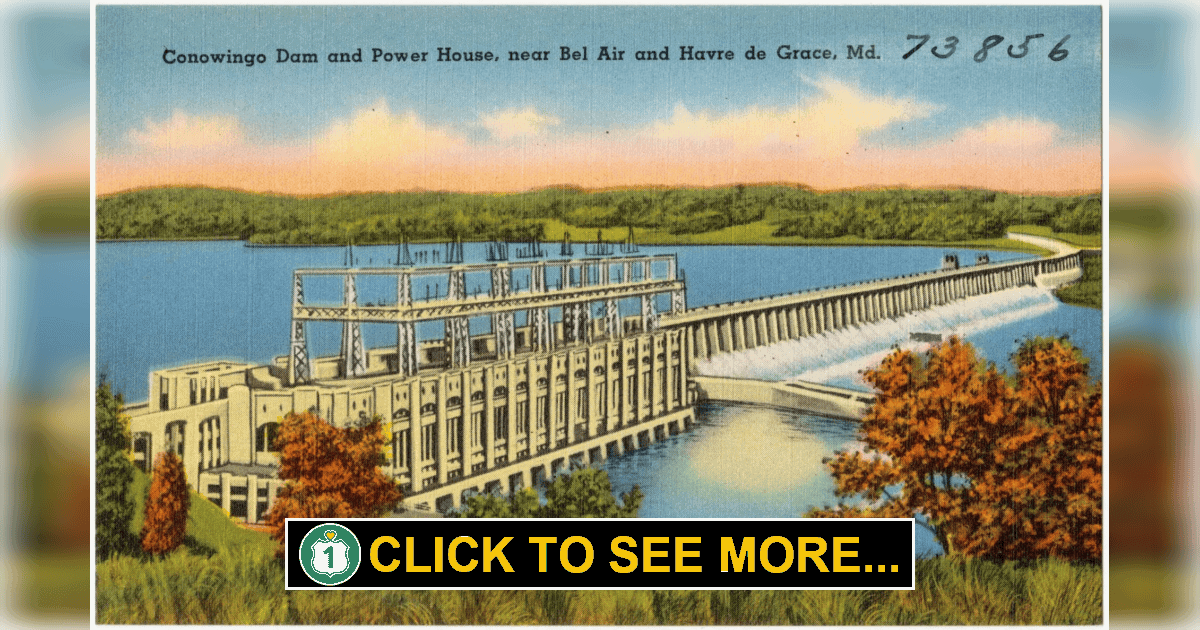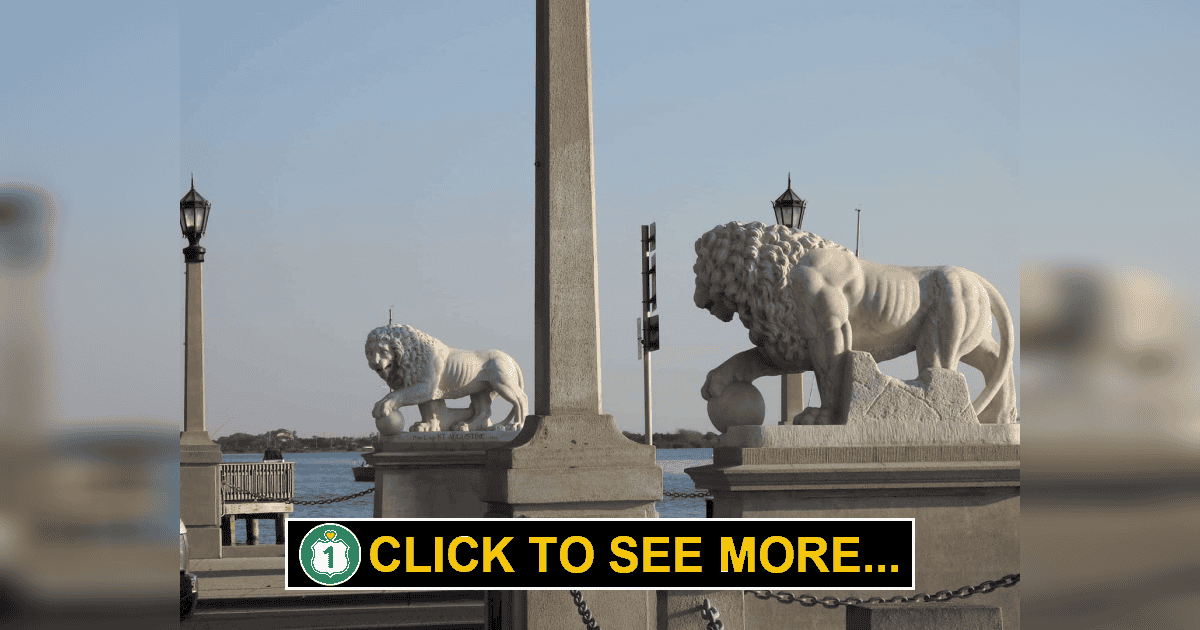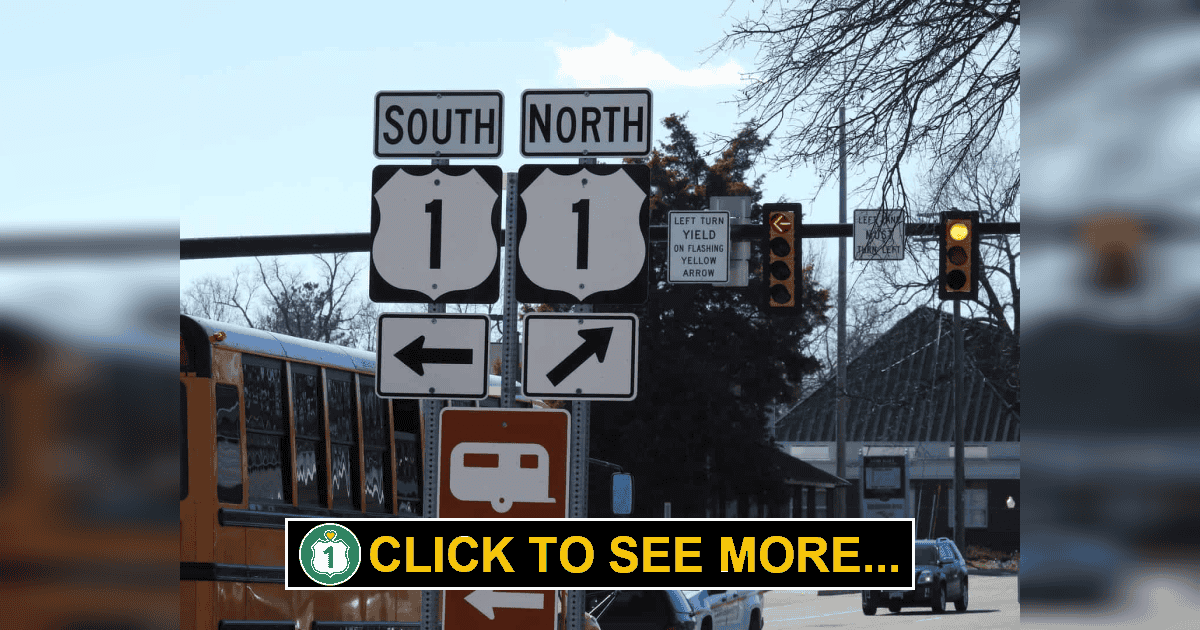On route and almost there !
Show List
See Map






Posts
View History
Loading Views . . .
Looking for something different?
Go on a journey through East Coast States
Go on a journey through East Coast States
Go back destination:
Current Screen:






